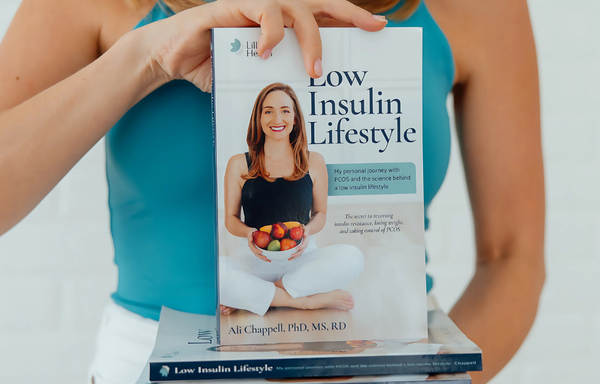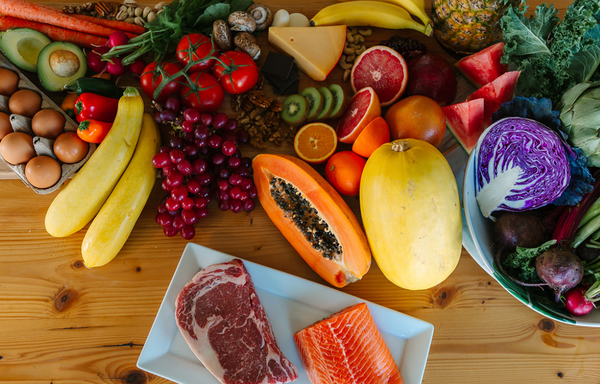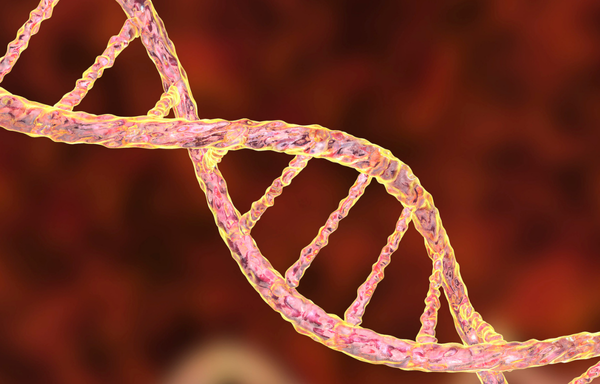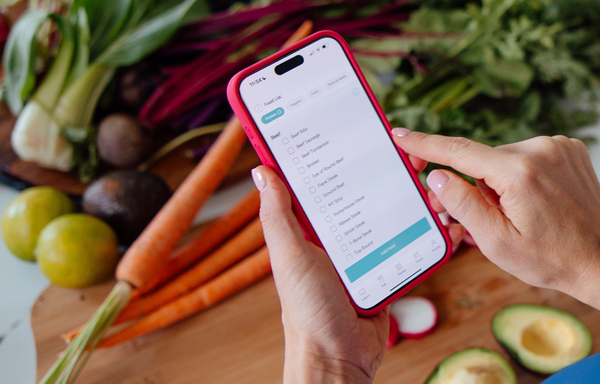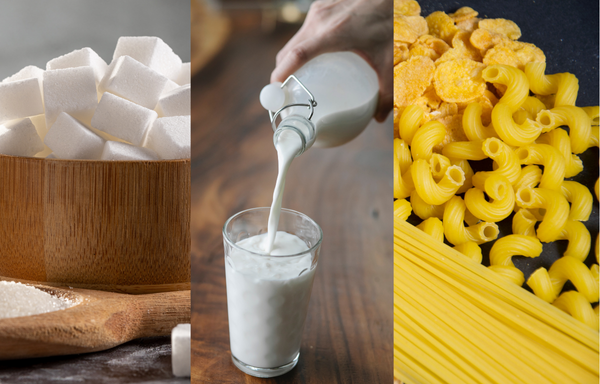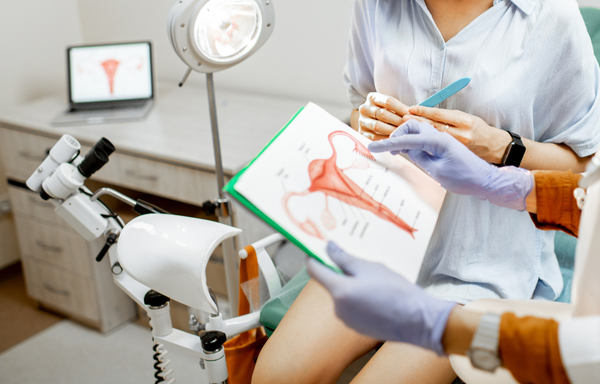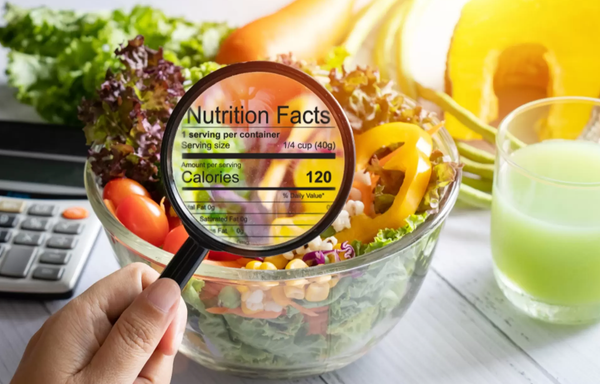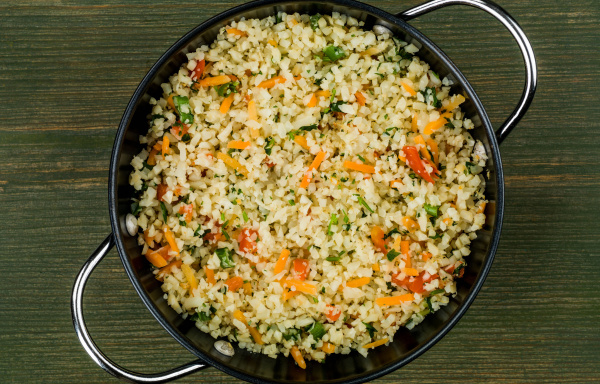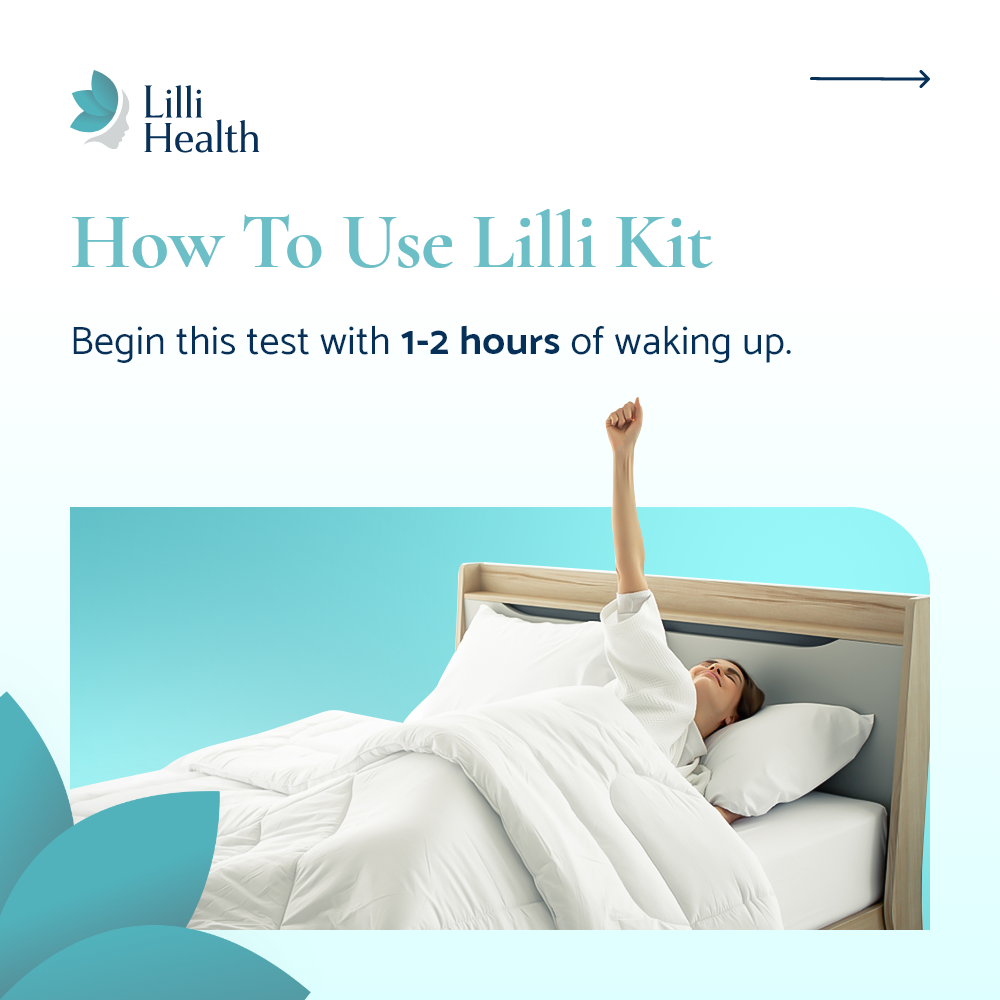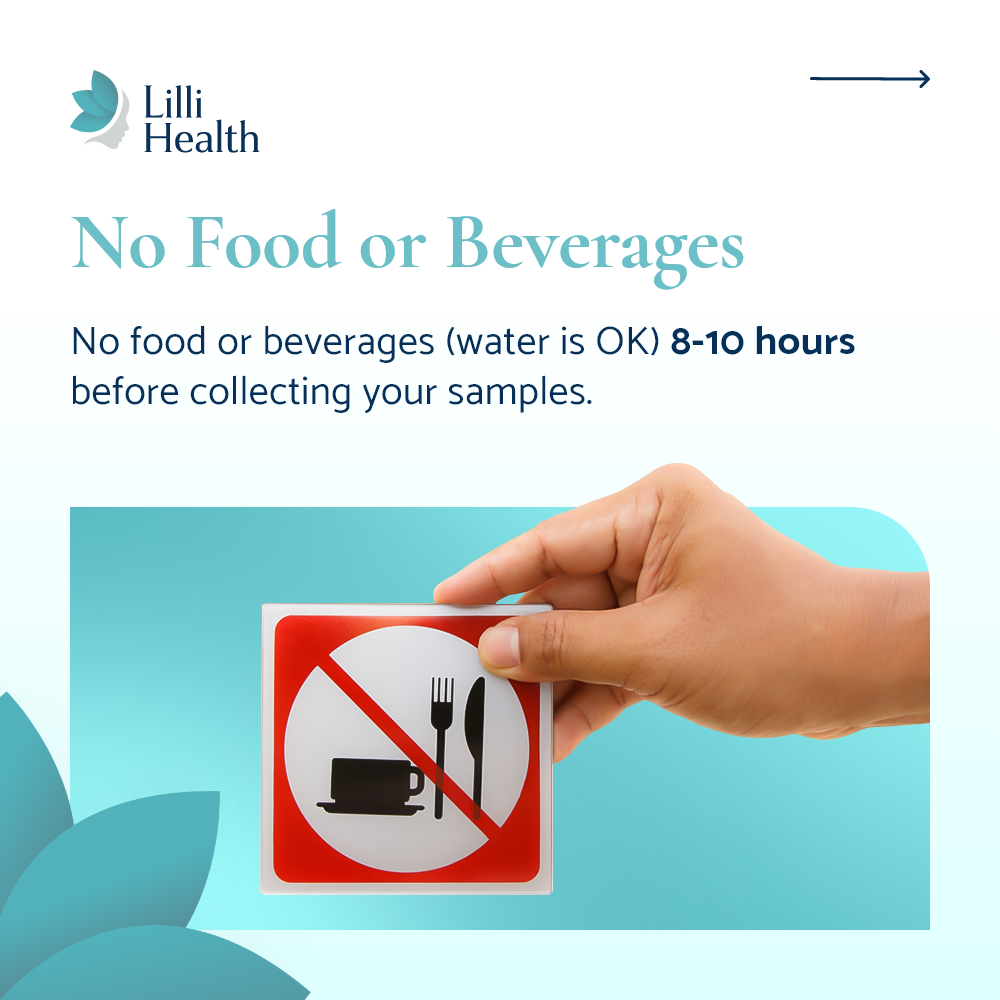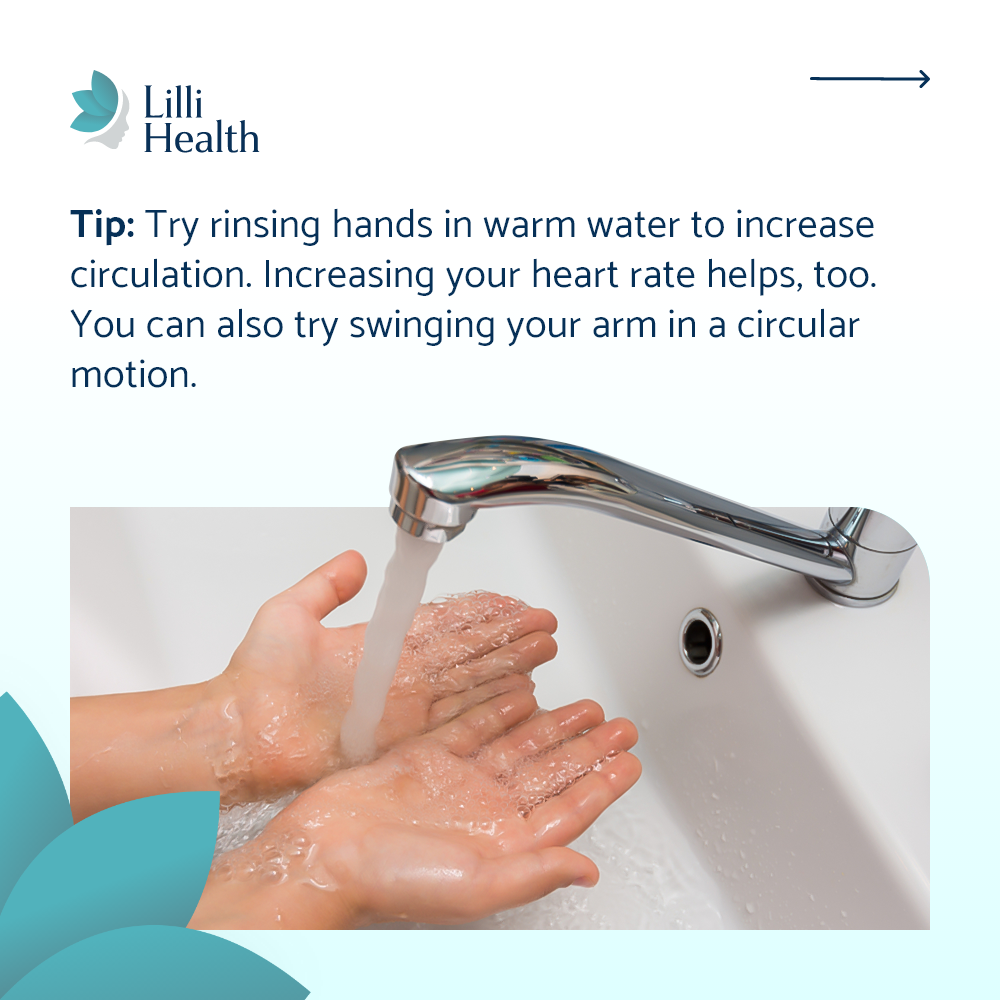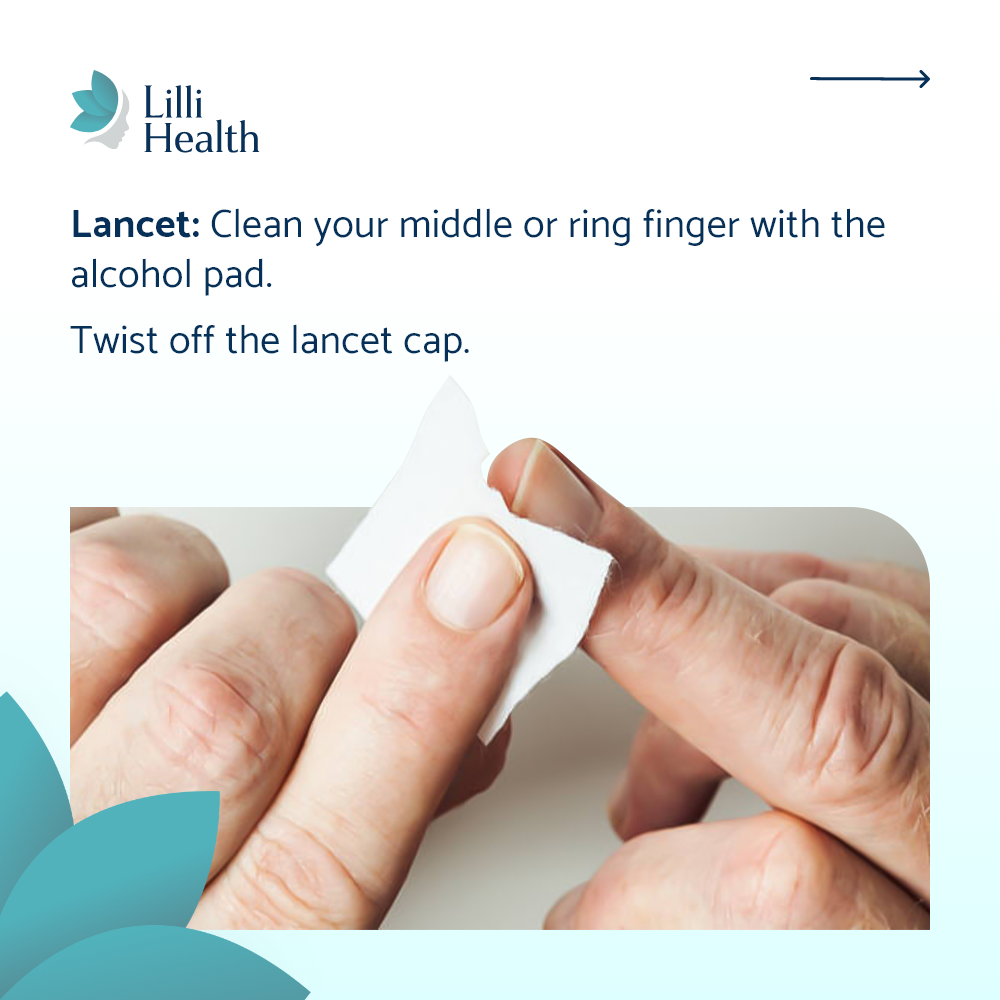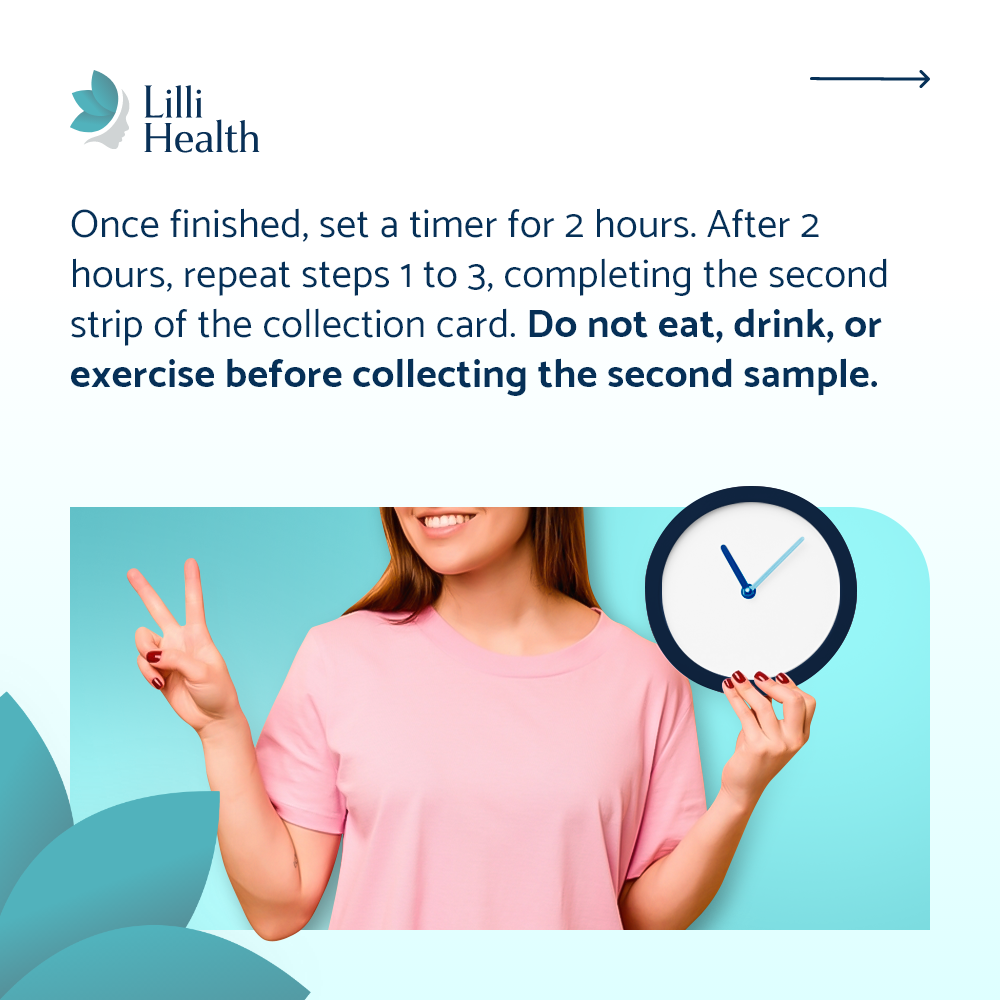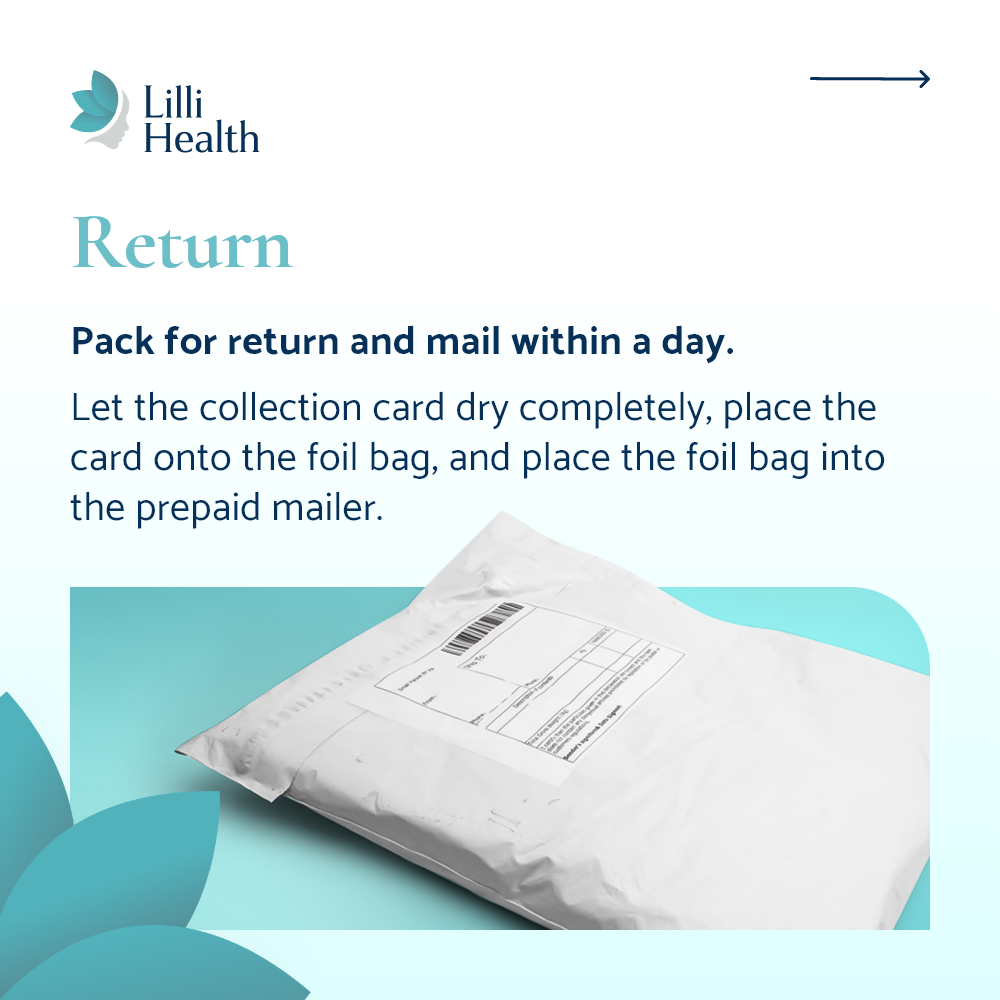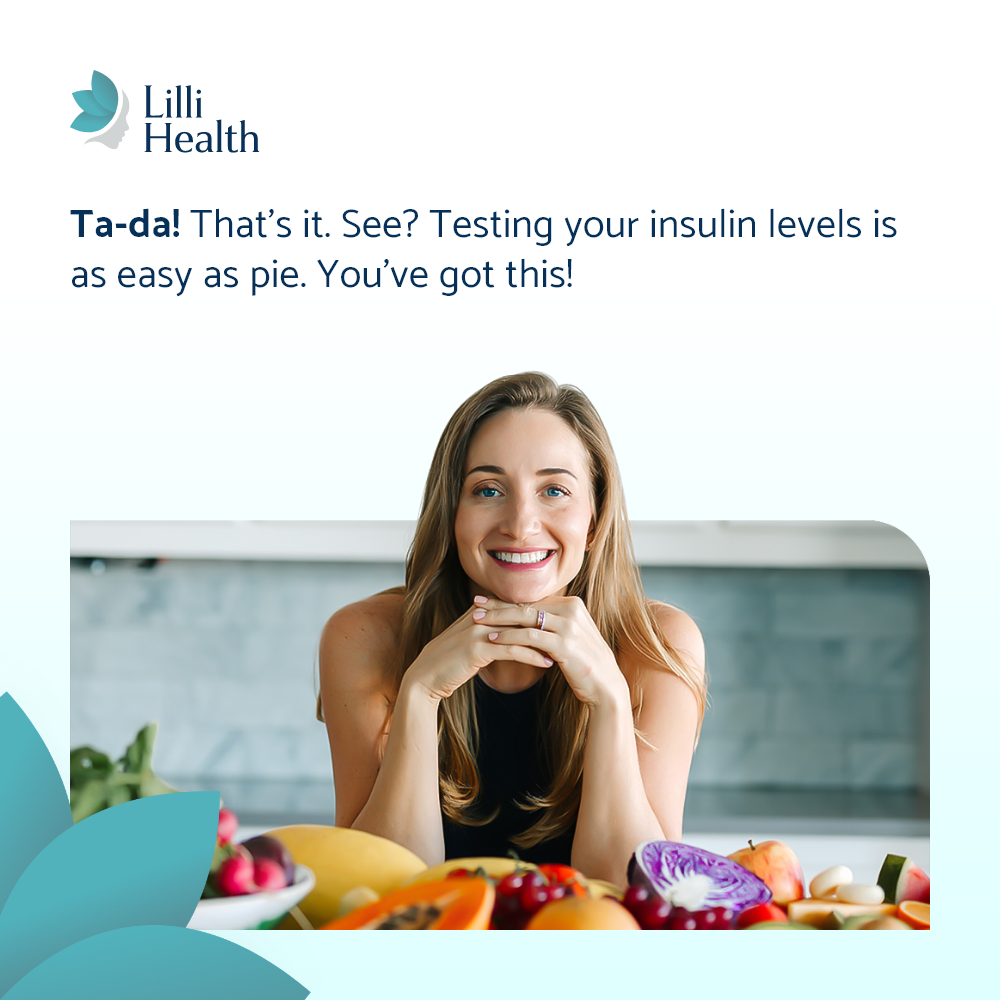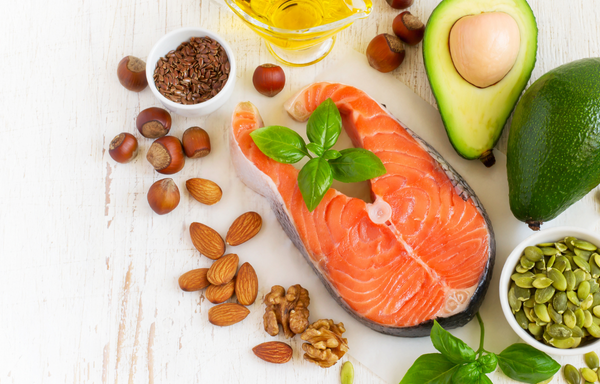

Fat for Fuel: The Case for Eating More Healthy Fats
At some point, fat got cast as the villain of the nutrition world. We were told to fear butter, avoid full-fat anything, and trade real food for spray-can oils and margarine. The result? We got hungrier, more inflamed, more insulin-resistant—and more confused than ever about what our bodies actually need. Our skin dried out. Our hair turned brittle. We lost our energy, our focus, our cycles, and in many cases—our sanity. All because we took out the one thing our bodies were desperately asking for: fat.
So let me say it clearly: I eat a lot of fat. On purpose. Every single day. And I’m thriving because of it.
What a Typical Day Looks Like for Me
Let me start with saying I don’t believe in “keto.” But one thing keto gets right is the importance of eating enough fat.
-
Breakfast? A banana breakfast bread or muffin made with almond flour, packed with nuts, seeds, and coconut.
-
Lunch? Sautéed veggies in avocado oil, topped with toasted pecans and grated parmesan. Followed by an almond flour banana brownie.
-
Dinner? Salmon, steak, or a hearty soup made with full-fat coconut milk.
- After Dinner Treat: 2 large squares of extra dark chocolate
All in all, I eat around 60–70 grams of fat per day—about 45% of my total calories—and I wouldn’t change a thing. My triglycerides? Low. Cholesterol? Low. Insulin and A1c? Very low. Inflammation markers? Also low. This is what it looks like when fat works for your body, not against it.
Why Fat Is So Important
Here’s what healthy fats actually do for your body:
- They keep you full and satisfied – Fat slows digestion and makes meals more filling. That means fewer cravings, less snacking, and less blood sugar crashing.
- They don’t spike insulin – Unlike carbs and certain types of protein, fat has almost no effect on insulin. That means your pancreas gets a break, your insulin stays low, and your body can stay in fat-burning mode between meals.
- They make your skin glow and your hair soft – Since eating more fat, my skin is noticeably healthier, and my hair is softer, shinier, and less dry. It’s not magic—it’s just nourishment from the inside out.
- They support hormone health – Your body needs fat to make hormones—especially sex hormones like estrogen, progesterone, and testosterone. No fat = hormonal chaos.
- They’re critical for brain health – Your brain is 60% fat. That means every fat-phobic diet is also, well… starving your brain. Healthy fats support memory, mood, and cognition.
- They’re anti-inflammatory – Omega-3s from foods like salmon, walnuts, and flax help calm inflammation in the body—supporting everything from joints to skin to your cardiovascular system.
But Doesn’t Fat Cause Insulin Resistance?
This is a question I hear all the time. And the answer? It depends on what you’re eating it with.
Adding fat to a starch-rich diet is what causes insulin resistance.
Eating fat with non-starchy vegetables, whole food proteins, and low-glycemic fruits? Does not.
Insulin resistance develops when your bloodstream is flooded with too many free fatty acids and glucose at the same time. It’s a metabolic mess. Those fatty acids interfere with insulin’s ability to do its job, so your body responds by pumping out even more insulin to try to keep up.
This is exactly why the popular advice to “add fat to carbs to flatten the glucose spike” is complete nonsense. Sure, it lowers the glucose spike—but behind the scenes, you’ve just created metabolic chaos.
And yes, some people do “well” on a low-fat, high-carb diet—for a while. As long as fat isn’t floating around with glucose, insulin functions more efficiently. But eventually the body starts to struggle without fat. People get hungry, fatigued, emotionally dysregulated, and hormonally depleted. They crash. Then usually blame themselves for not having enough willpower.
The better plan? Cut the starch. Add the fat back in.
And just like that—you feel better than ever.
🚫 What Fat Doesn’t Do
- It doesn’t make you fat.
- It doesn’t clog your arteries (the research on that has evolved—dramatically).
- It doesn’t spike your insulin.
- And it doesn’t need to be feared or micromanaged.
Remember, what makes people insulin-resistant isn’t fat—it’s combining fat with sugar and starch.
That’s when the body gets overwhelmed. (Think donuts, fries, pastries, buttered toast… that combo is a metabolic disaster.)
But fat on its own—or fat combined with protein and produce?
That’s your metabolic sweet spot.
If your goal is to:
- Reverse insulin resistance
- Stabilize energy and mood
- Reduce inflammation
- Support hormone balance
- Feel full and satisfied after meals
Then fat is not your enemy—it’s your best friend.
Bottom Line
If you’ve been scared of fat, it’s time to rewrite that story.
Healthy fats are essential—especially if you’re trying to lower insulin and balance your hormones.
So yes, I eat fat—and I eat a lot of it. I build every meal around it. I prioritize fat more than I do protein. Because I know the truth: fat isn’t the problem—overstimulating insulin is.
So go ahead and enjoy that almond flour muffin, the olive oil drizzle, the toasted pecans, the salmon, the coconut milk, and that square (or two) of dark chocolate. Your body knows what to do with real food.
